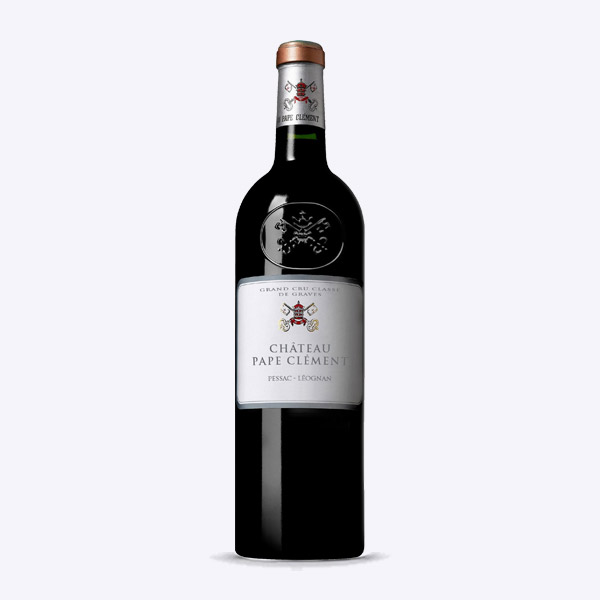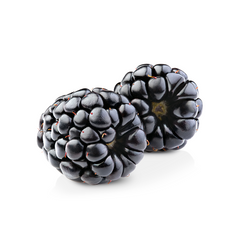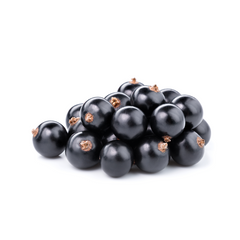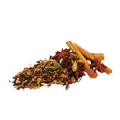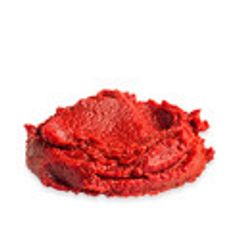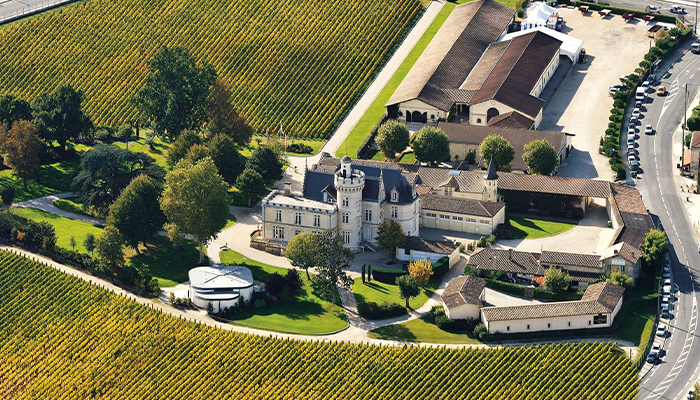Planted in 1300, the estate is the oldest planted vineyard in the region, when it was presented to Bertrand de Goth upon his appointment as archbishop of Bordeaux, by his brother, Berald. It received its name from Bertrand’s papal name, Clement V; on his election in 1306 he gave the estate to his successor as archbishop, Cardinal Arnaud de Canteloup. Bertrand, who would later move the papacy to Avignon near Châteauneuf-du-Pape, planted this original vineyard with red wine grapes. White wine grapes were planted across the river near the town of Lormont. The vineyard remained in the possession of archbishops of Bordeaux until the Revolution, when it was nationalised and sold as a bien national.
After the Revolution, a succession of owners oversaw the development of the property as a commercial enterprise, and by the middle of the 19th century the estate was widely regarded to be second only to Haut-Brion, though under the ownership and expansions of Jean-Baptiste Clerc from 1858 to his death just before 1880, the wines of Pape-Clément was selling at a price equivalent to a Médoc second growth. Later owners, including an Englishman named Maxwell who neglected the estate, experienced difficult times, with hail devastation in 1937, the onset of World War II and the expansions of the suburbs of Bordeaux coming closer.
The estate was eventually revitalised under the ownership of the vigneron and poet Paul Montagne who arrived in 1939. In need of reconstituting the vineyards from the scratch, the results of improvement were not seen until 1949. Having engaged the services of oenologist Émile Peynaud, the wines of Pape-Clément have been viewed as increasingly successful, and has been described by David Peppercorn as the most important vineyard of Pessac-Talence behind Haut-Brion and La Mission.
Following the death of Paul Montagne at 94, his son Léo Montagne has joint-ownership of the estate, partnered with Bernard Magrez, owner of Château La Tour Carnet.
